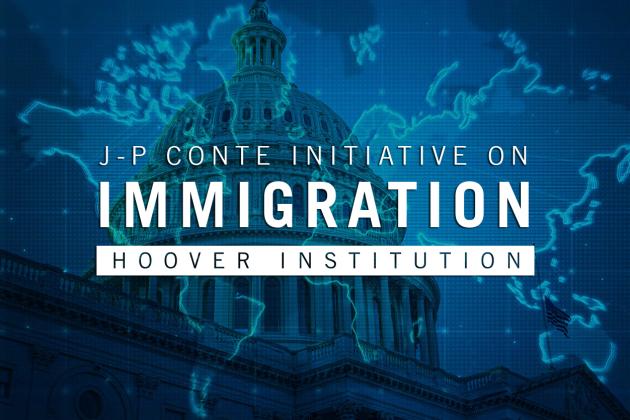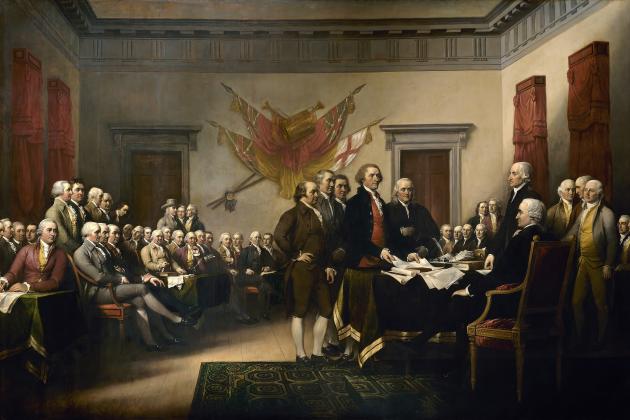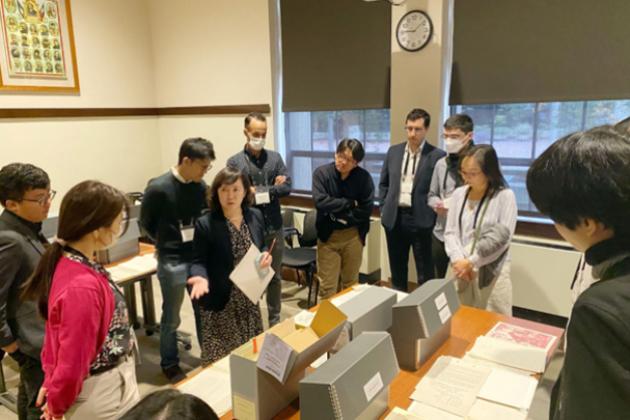PARTICIPANTS Lee Lockwood, Michael Boskin, David Brady, Elizabeth Cobbs, John Cochrane, Bob Hall, Rick Hanushek, Dan Kessler, Mark Koyama, CDR Michael Nordeen, CDR Rebecca Ore, Elena Pastorino, Josh Rauh, Gopi Shah Goda, Isaac Sorkin, Peidong Sun, John Taylor, Chris Tonetti, Sean Xu.
ISSUES DISCUSSED
Lee Lockwood, assistant professor of economics at the University of Virginia, faculty research fellow at the National Bureau of Economic Research (NBER), and Hoover Institution National Fellow for 2017-18, presented “Targeting with In-kind Transfers: Evidence from Medicaid Home Care.”
The question is the relative advantage of providing government services in kind vs. giving people cash to spend as they see fit.
“In kind” varies a lot, from direct government provision (schools, VA hospitals) to providing funds that can only be spent in certain ways (food stamps, Medicare, Medicaid). Much discussion on this spectrum.
Our government mostly provides funding for services purchases in markets. Much discussion emerged on the various schemes. Such in-kind funding dominates government transfer programs, and threatens to bankrupt us.
In principle, giving people cash helps them to get more of what they want. But this is balanced against a certain amount of paternalism — they may want drugs but we don’t want to buy it for them. More importantly, giving in kind helps to target people who really need the help, as we see in the particular case.
The paper studies Medicaid home care. To qualify, people must qualify for Medicaid, plus health criteria — they have trouble with two daily tasks that is expected to last 3 months. So far, this has been in kind — Medicare sends someone to help, and the patient has little choice about who or what they do.
More recently, Medicare has introduced an alternative cash benefit. The paper studies a key set of experiments with this that took place in the late 90s and early 2000s. Patients were randomly assigned to “cash and counseling” vs traditional in kind. In cash and counseling, Medicaid, the doctor, and patient agreed on a plan. Then the patient received cash. It could be spent quite flexibly, though only on qualified expenditures — no drugs and gambling. It could be spent on things that would help with tasks, like walkers, and could be spent to compensate relatives to provide care.
In terms of patient satisfaction, cash proved far better. However, health outcomes were not that different, which sparked a big discussion. Many other health programs — Medicaid itself — increase happiness but not health. Is it enough to make people happier? Yes, but at our expense?
This brings up the advantage of in kind. In principle, it is not a terrible thing that people are not that happy with Medicare services because of incentives. If it’s hard to get or unpleasant, only people who really need it will take it. The downside is the distortion, as you don’t have the flexibility to do what you want given expenditure.
People are clearly very different in their needs, even for the exact same health state. Some have a spouse willing to help, or adult children with different opportunity costs.
The first fact, shown in the accompanying slides: when offered cash vs. in kind, people choose more care hours. It doubled consumption.
Reading through standard demand analysis Lee uses that fact to measure the value of Medicaid services. The answer is depressingly familiar. The average person values the benefit of in kind home care at 28% of its cost.
In this experiment, the cash option ended up limiting a great deal how much time one could charge. For in-kind services, people who really wanted it (and could put up with it!) were able to get many hours of care. This is seen in the long right tail of hours for the in-kind vs. the sharp cutoff for cash.
This is also seen in the other striking fact of this, common to many programs. The take up rate is quite low. Half of the cash group, who are all very sick, take no care. Only 10% of the population eligible for free home care signs up for the program at all.
So now the tradeoff is clearer. Cash makes the “average” patient taking a few hours a week better off. But the few people who are really sick, and have few family or other opportunities, are able to get the many hours of care that they need.
Can we target cash benefits using big data, to those who really needs it? With 900 variables plus Medicaid detailed exam, Lee tried. Still, he was never able to predict more than 20% of variation in care explained. People’s true needs are always going to be hidden to insurance companies or government. So a system that provides not so great care which weeds out people who don’t really need it is more sensible than it might seem.
In sum, in-kind provides better insurance against truly bad outcomes, but the payment is less valuable when it comes. Cash provides less insurance, but the benefit is more valuable (because flexible).
The second major calculation of the paper tries to sort out which is better overall, and comes out to the conclusion that in-kind despite its faults works better. The need to insure truly bad states dominates. Yes, it’s worth only 30 cents on dollar, but providing the huge amounts of care to the very few that need it dominates.
Dan Kessler pointed out that a big deductible could function the same way. Gopi Shah Goda added that the hassle factor of signing up for Medicaid is like the deductible. John Cochrane pointed out the conclusion is sensitive to the supply structure of the experiment. Kessler emphasized that maybe it’s nicer for the patients, but we are bankrupting the country with services that people only value at 28 cents on the dollar.
- John Cochrane









